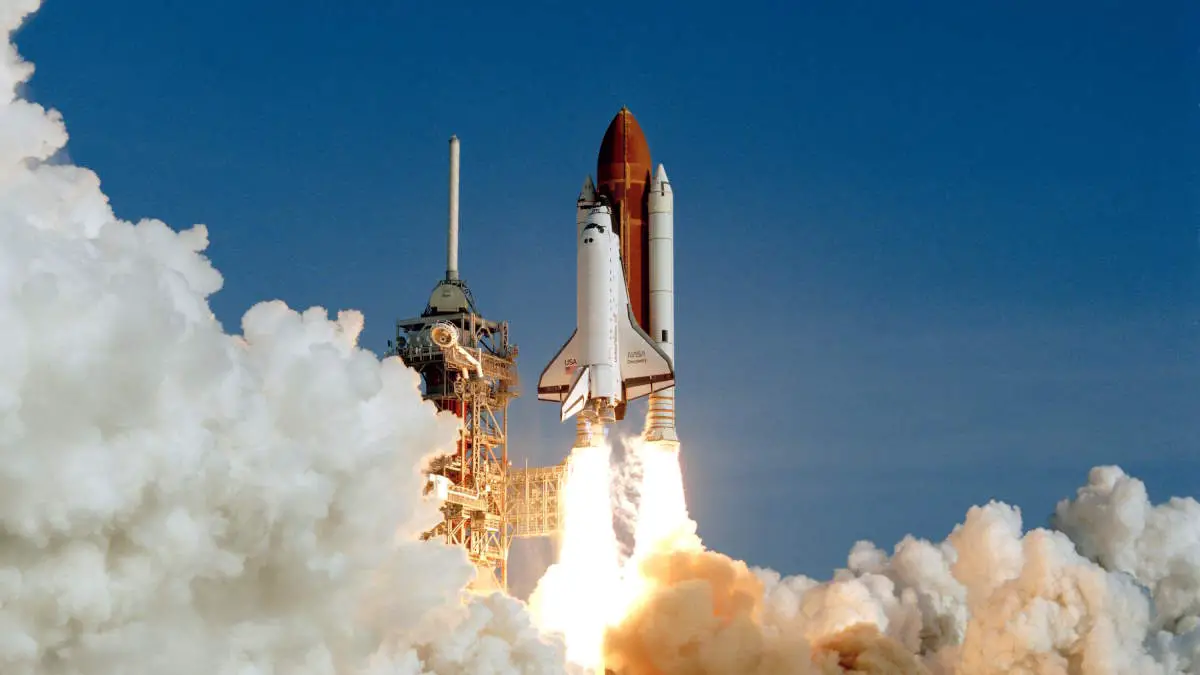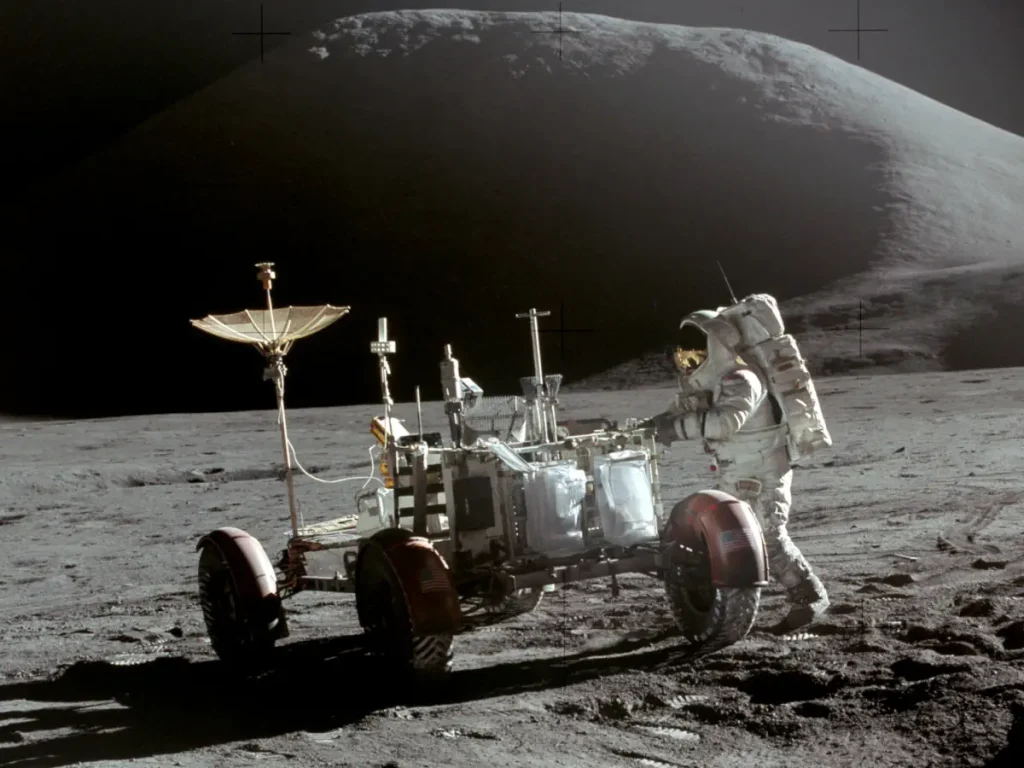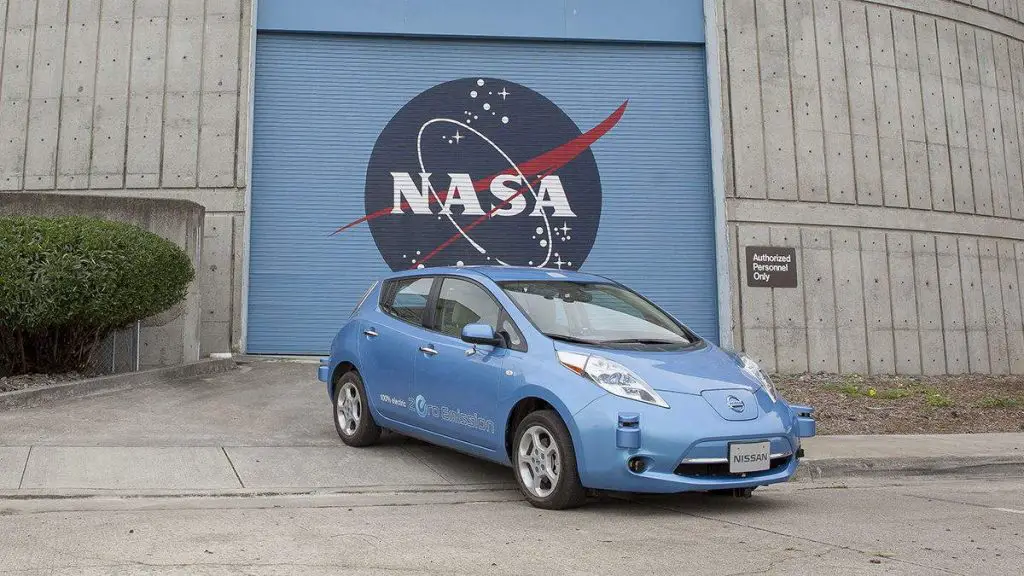Space exploration and programs, often seen as lofty pursuits aimed at the stars, have a profound and often overlooked impact on our daily lives. While debates continue about prioritizing earthly concerns over cosmic exploration, it’s enlightening to recognize that many innovations we rely on daily are direct results of space research. From the solar cells powering homes to the satellite navigation guiding our journeys, space technology has silently woven itself into the fabric of our everyday existence, transforming and enhancing our world in unanticipated ways.
The connection between space exploration and everyday technological advancements is not immediately obvious, yet it is deeply ingrained. This link is a testament to how efforts aimed at understanding and exploring outer space have led to practical, ground-breaking innovations. Each of these technologies, initially developed to solve problems in space, has found its way back to Earth, addressing issues and improving lives in ways that were not initially anticipated. The journey from cosmic problem-solving to everyday utility is a fascinating aspect of these space-born innovations.
To date, more than 2,000 commercial products and services have been developed with the help of NASA. The following examples highlight this remarkable crossover, showcasing how space technology has seamlessly integrated into our everyday world.
From Space to Earth: Everyday Innovations Born from Space Exploration
1. Solar Cells
The journey of solar cells from a scientific curiosity to an essential component in modern technology is deeply intertwined with the history of space exploration. The concept of solar cells dates back to 1888 when Russian physicist Aleksandr Stoletov built the first cell, inspired by Heinrich Hertz’s discovery of the outer photoelectric effect a year earlier. Progress continued as Julius Elster and Hans Friedrich Geitel created the first practical photoelectric cell in 1904, followed by Albert Einstein’s groundbreaking quantum theory of light in 1905, which earned him the Nobel Prize in Physics in 1921.
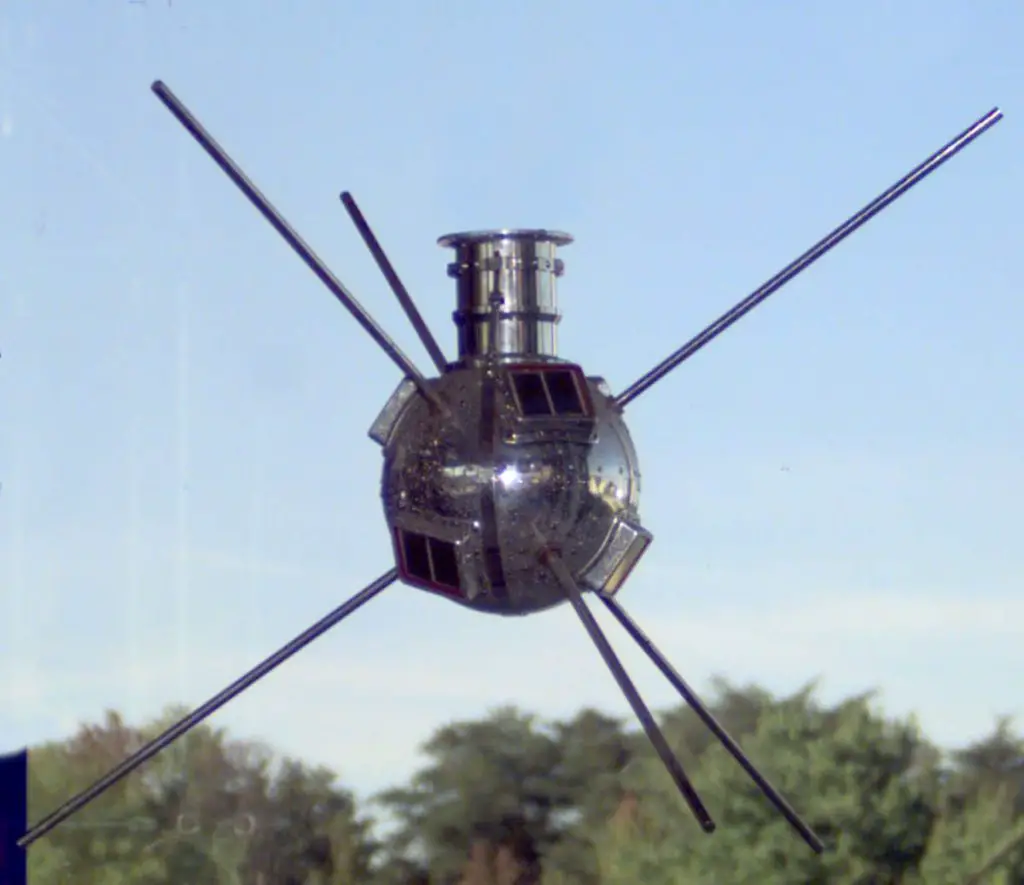
The evolution of solar cells accelerated in the mid-20th century. Vadim Lashkaryov’s discovery of p-n-junctions in protocells in 1941, Russell Ohl’s patenting of the modern junction semiconductor solar cell in 1946, and Kurt Lehovec’s theoretical explanations in 1948, all contributed to their development. The first practical photovoltaic cell was demonstrated at Bell Laboratories in 1954 by Calvin Souther Fuller, Daryl Chapin, and Gerald Pearson.
However, it was in 1958 that solar cells found their prominent application in space exploration. They were used on the Vanguard 1 satellite as an alternative power source to the primary battery. By integrating solar cells into the satellite’s exterior, the mission’s duration could be extended without significant alterations to its design or power systems. This application underscored the potential of solar cells as a reliable energy source, sparking further interest and development that would eventually lead to their widespread use in various terrestrial applications, from powering homes to becoming a cornerstone of sustainable energy initiatives.
2. Tap water filters
Tap water filters, now a commonplace feature in homes worldwide, owe their advanced development in part to NASA’s pioneering efforts in water purification technology. Initially driven by the challenges of providing astronauts with sufficient water for lengthy space missions, NASA’s innovations have found significant applications on Earth, particularly in regions struggling with water scarcity.
In the early days of human spaceflight, carrying enough water for short missions was feasible. However, as ambitions stretched to longer durations, the need for sustainable water solutions became critical. This led to the development of advanced water purification systems, first for the Gemini program and later refined during the Apollo missions. These systems were designed to be lightweight, low-power, and efficient – qualities equally crucial for remote or developing regions on Earth.
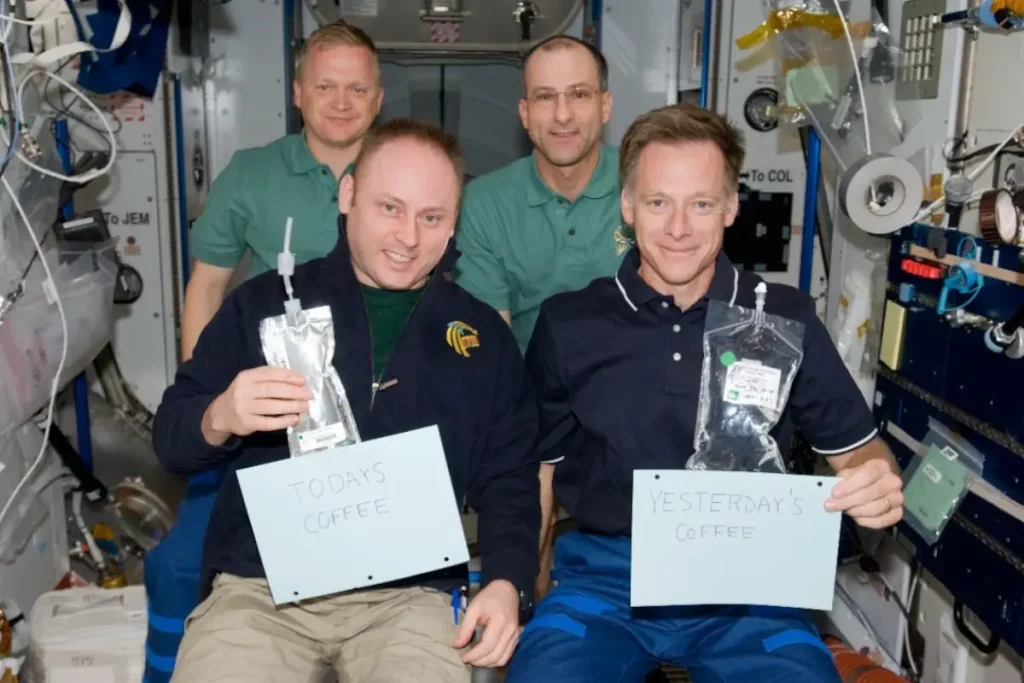
One of the significant breakthroughs came from Apollo-era technology: a compact purifier that used metallic ions to kill bacteria and algae, a method similar to chlorine treatment but less irritating to the human body. This technology was later adapted for commercial use in swimming pools, fountains, and cooling towers.
The Space Shuttle program, with its reusable nature, required a more durable water purification solution. NASA developed a system where water passed through iodine-infused resin beads, a method successfully adapted for Earth use. These units, which don’t rely on electricity, became particularly useful in developing countries and emergencies.
The largest scale implementation of this technology was in Vietnam in 1994, where 10,000 iodine-based purification units were deployed, significantly impacting the nation’s access to clean water. Sales of these purifiers have since been robust, demonstrating the wide-reaching impact of NASA’s technology on global water safety.
NASA continues to innovate, developing even more advanced systems for the International Space Station and future lunar and Martian outposts. These developments, though initially more advanced than necessary for terrestrial applications, hold potential for future commercialization in areas requiring highly purified water or in situations where traditional resources are scarce.
NASA’s journey in water purification exemplifies how space technology can transcend its original purpose, offering solutions to critical challenges on Earth and significantly enhancing the quality of life in various global communities.
3. GPS (Global Positioning System)
The Global Positioning System (GPS), an indispensable tool in our daily lives, is another prime example of how space exploration has directly contributed to significant technological advancements on Earth. Originally developed for military and aerospace applications, GPS technology has its roots deeply embedded in the realm of space exploration.
The development of GPS, as we know it today, began in 1978 when the first Block I developmental Navstar/GPS satellite was launched, with three more Navstar satellites launched by the end of 1978, a culmination of decades of research and development in space-based navigation. The system was initially designed for the U.S. military to provide precise geolocation and time information in all weather conditions, anywhere on Earth. The concept hinged on a constellation of satellites orbiting the Earth, transmitting signals that GPS receivers use to calculate the precise location of an object or person.

Space exploration played a crucial role in the evolution of GPS technology. The principles of satellite communication, orbital mechanics, and signal processing -core components of space research- were fundamental in developing the GPS system. Space missions necessitated the development of technologies capable of precise navigation and timing, which directly fed into the capabilities of GPS satellites.
Moreover, the rigorous demands of space travel pushed the advancement of robust, reliable satellite technology. The satellites used for GPS need to withstand the harsh conditions of space, including extreme temperatures and radiation while maintaining accurate timekeeping and signal transmission. This level of sophistication was achieved through advancements made in space technology.
The transition of GPS technology from military to civilian use has revolutionized numerous aspects of everyday life. It has transformed navigation and logistics, enabling efficient route planning for drivers, pilots, and mariners. In the realm of telecommunications, GPS provides critical timing information for cellular networks and financial systems. Additionally, it has enhanced public safety through its integration into emergency response systems and disaster relief efforts.
4. Memory Foam
Memory foam, a material now synonymous with comfort in various everyday products, is a prime example of a NASA spinoff that has significantly impacted our daily lives. Initially developed in 1966, memory foam’s journey from aerospace to household staple underscores the far-reaching influence of space exploration on consumer goods.
Originally, NASA-funded researchers invented memory foam to enhance safety and comfort in aircraft. They were seeking a material that could provide better cushioning and shock absorption for test pilots during flights. The material they developed, known as “temper foam,” was characterized by its unique ability to distribute pressure evenly and then return to its original shape once the pressure was removed. This quality made it an ideal choice for use in airplane seats, offering improved protection and comfort.

However, the potential of memory foam extended far beyond the confines of aircraft interiors. By the 1970s and 1980s, it had found its way into the sports world, padding the helmets of the Dallas Cowboys, where it helped to absorb impacts and reduce the risk of head injuries. Its impact absorption properties made it well-suited for protective gear in various sports, enhancing safety for athletes.
One of the most significant applications of memory foam has been in the medical field. For bedridden patients, prolonged pressure from lying in the same position can lead to bedsores, a severe and painful condition. Memory foam’s pressure-distributing characteristics provided a solution, helping to prevent these sores and enhance patient comfort.
In everyday consumer products, memory foam has revolutionized comfort and ergonomics. It is a key material in mattresses, pillows, and mattress toppers, vastly improving sleep quality for countless individuals. Its application in furniture like couches and chairs, as well as in movie theater seats, has elevated the standard of comfort in both homes and public spaces.
Additionally, memory foam has made significant strides in footwear. Incorporating memory foam insoles in shoes offers enhanced cushioning and support, providing relief and comfort for prolonged periods of standing or walking.
In summary, memory foam is a testament to the unforeseen and wide-ranging benefits of space exploration. What began as a material to improve safety and comfort for astronauts and pilots has transformed into a ubiquitous element in products that enhance the quality of life on Earth. From sports safety equipment to medical applications and everyday consumer goods, memory foam’s legacy as a NASA spinoff continues to grow and evolve.
5. Smoke detectors
Smoke detectors, now a critical safety feature in homes and buildings worldwide, originated from a collaboration in the 1970s between NASA and Honeywell Corp. This partnership aimed to create a device capable of detecting smoke and toxic gases aboard Skylab, America’s first space station. The outcome of this collaboration was the development of the first ionization smoke detector, which employed a small amount of the radioactive isotope Americium-241.
The technology developed for Skylab was revolutionary in its sensitivity and reliability, crucial qualities in the confined and hazardous environment of space. In space, the presence of smoke or toxic gases poses a significant threat, as the usual means of escape or ventilation are not available. This necessitated a detection system that was both highly responsive and accurate.
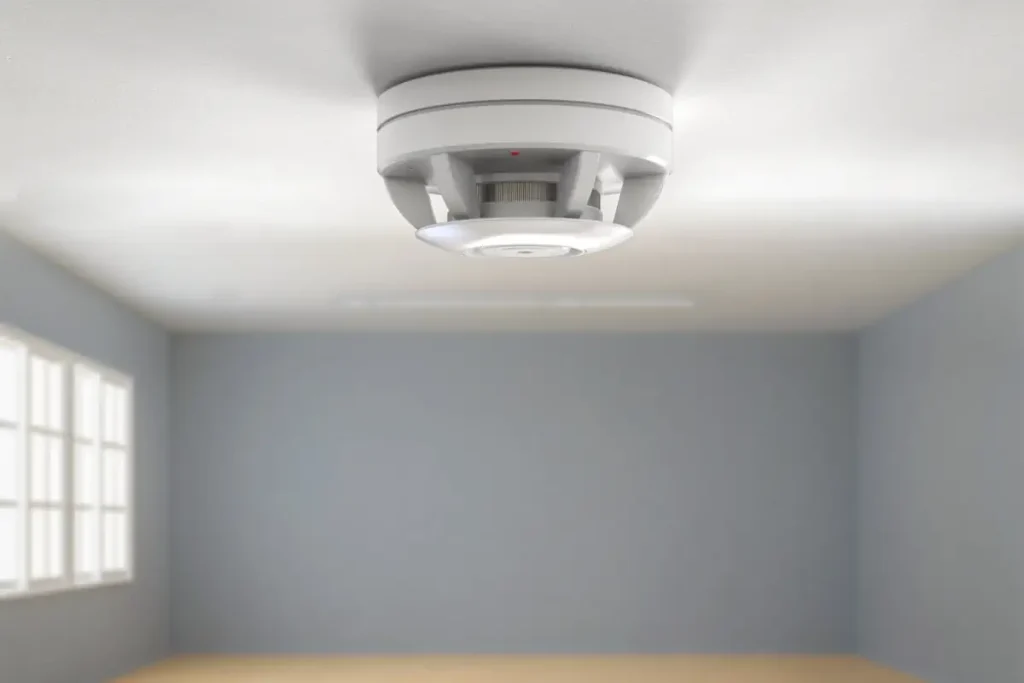
The success of this technology in space quickly translated to terrestrial applications. By 1979, the innovations led to the introduction of affordable photoelectric smoke detectors. These devices are activated when smoke interferes with a light beam within the unit. This technology provided a more cost-effective solution to fire safety, making smoke detectors accessible to a broader segment of the population.
The widespread implementation of smoke detectors has had a profound impact on public safety. These devices have been instrumental in saving countless lives by providing early warnings in the event of a fire, allowing individuals to evacuate dangerous situations promptly. Their importance is amplified in space missions, where the ability to detect and respond to a fire is critical due to the lack of alternative escape routes and the complexity of evacuating a spacecraft or space station.
The evolution of smoke detectors from a space safety requirement to a ubiquitous household safety device exemplifies how space exploration can drive technological advancements with significant benefits for life on Earth. The development of these detectors is not just a story of scientific innovation but also of how space exploration continues to contribute to everyday safety and well-being.
6. Safety Grooving
Safety grooving, a technique now widely used in various public and private spaces to enhance traction and prevent accidents, is another innovation that owes its development to space exploration, particularly NASA’s efforts to ensure aircraft safety. This technology, initially researched to safeguard aircraft during landing, including the space shuttle, has since been adapted to numerous terrestrial applications, significantly improving safety on roads and other surfaces.
The concept of safety grooving involves cutting grooves into concrete surfaces using diamond blades. These grooves increase the surface’s traction, effectively reducing the risks of hydroplaning and skidding in wet conditions. For NASA, the primary concern was to ensure a safe landing for aircraft, particularly for the space shuttle, which faced unique challenges when returning to Earth due to its high landing speed and the need for precise control on runways.
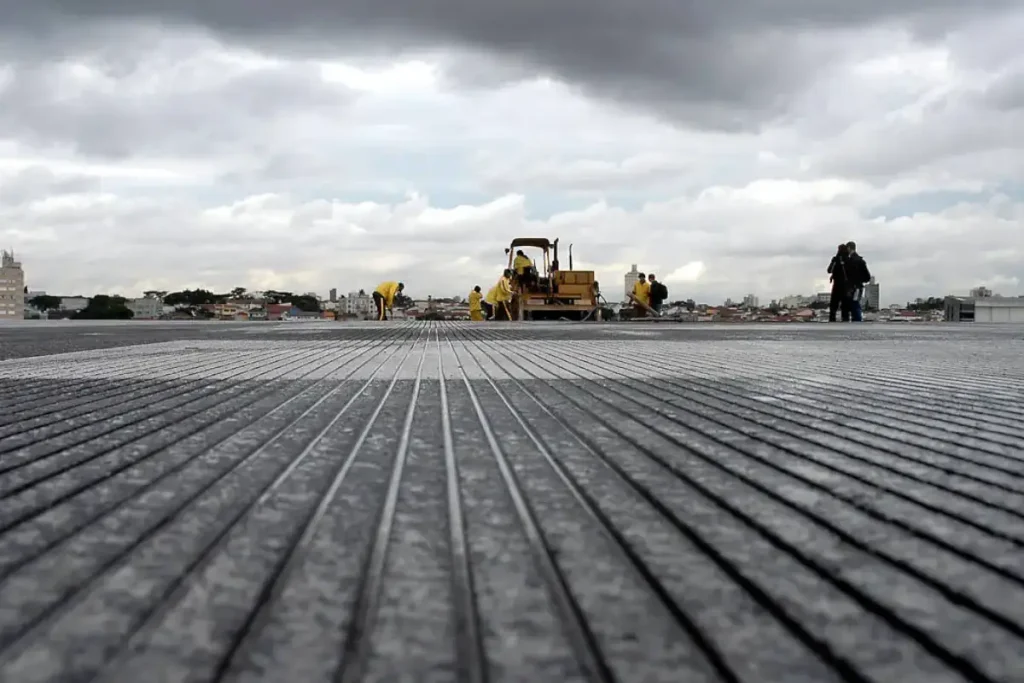
Recognizing the potential of this technology beyond space missions, safety grooving was soon applied to various other contexts. It became a standard feature on the runways of hundreds of commercial airports, providing an additional layer of safety for aircraft during takeoff and landing, especially in adverse weather conditions. The success on runways led to its further adoption on public roads and highways, where it significantly improved vehicular control and safety.
The impact of safety grooving on public safety is substantial. Its application on highways, for instance, has led to a dramatic reduction in accidents. A study by the California Division of Highways reported an 85% decrease in accidents on highways during wet weather after the implementation of safety grooving. This statistic underscores the effectiveness of this technology in preventing accidents and saving lives.
Beyond highways and airports, safety grooving has been employed in a variety of other settings, including stairways, sidewalks, parking lots, and other pedestrian-heavy areas. Its versatility and effectiveness in improving traction and reducing slip-and-fall accidents have made it an essential component of public safety infrastructure.
Safety grooving is one of the prime examples of how technological advancements driven by space exploration can have far-reaching and beneficial impacts on everyday life. From ensuring the safe landing of spacecraft to enhancing the safety of roads and public spaces on Earth, the legacy of this NASA-inspired innovation continues to contribute to public safety in numerous, often unnoticed, ways.
7. Surgical Robotic Arm Systems
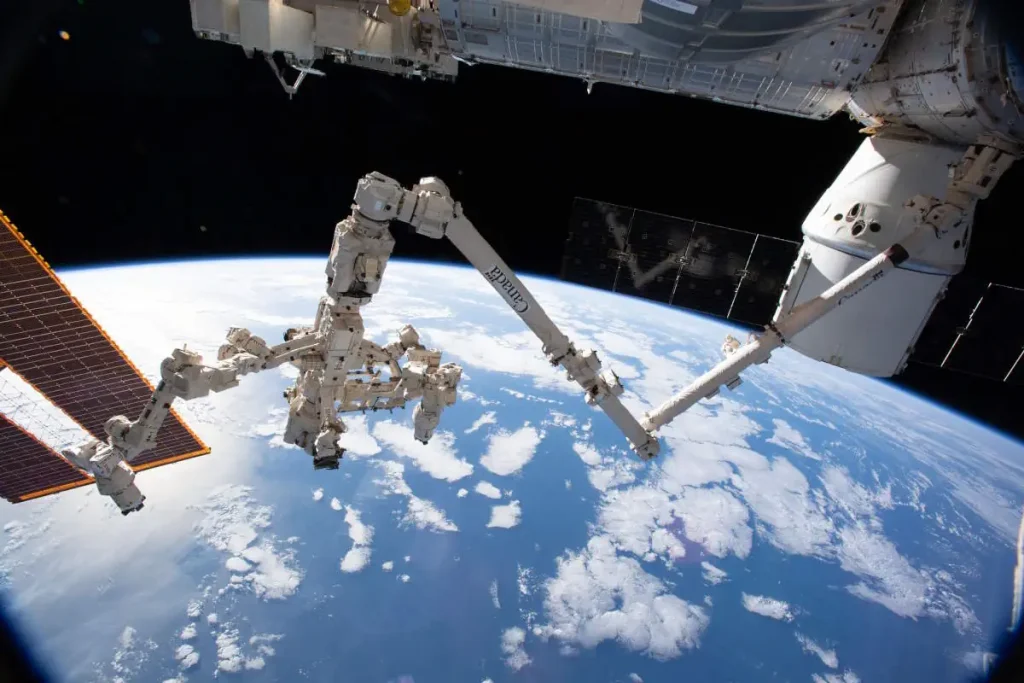
Robotic arms, a marvel of engineering initially developed for use in space exploration, have found a profoundly impactful application in the field of medicine. The sophisticated robotics technology, designed to assist in assembling large structures like the International Space Station (ISS), has been adapted to aid surgeons in performing delicate and complex surgeries on Earth.
These robotic systems offer enhanced precision, stability, and control, surpassing the natural limitations of the human hand. They allow surgeons to operate with greater accuracy, resulting in smaller incisions, reduced trauma to the patient, and faster recovery times. The robotic systems often include advanced imaging technologies, providing surgeons with real-time, three-dimensional views of the surgical area, further enhancing accuracy and outcomes.
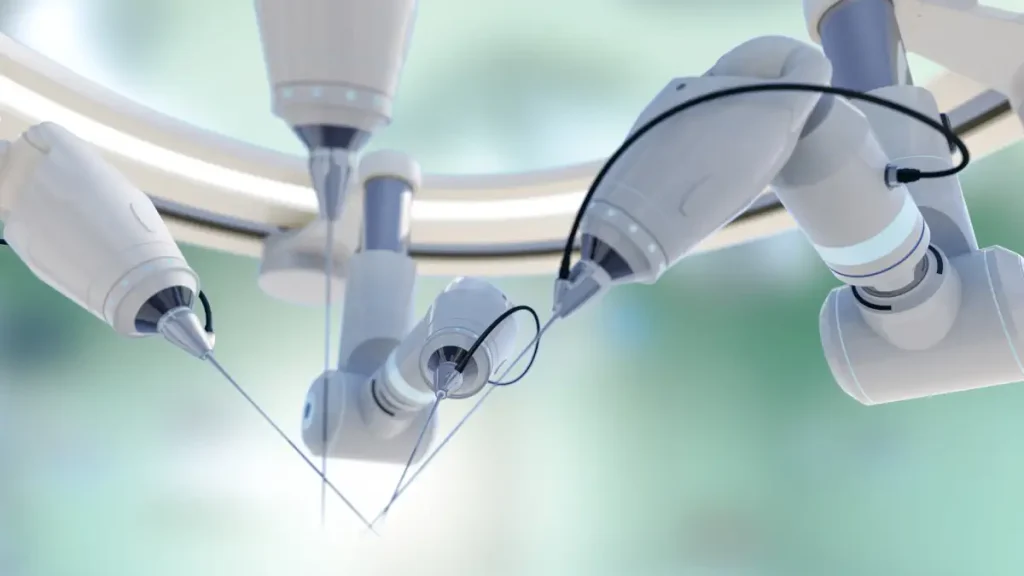
8. Fire-Resistant Fabric
In the wake of a tragic fire on the Apollo 1 launch pad that claimed the lives of three astronauts, NASA embarked on a mission to enhance safety measures in space exploration. Collaborating with the private sector, the agency spearheaded the development of a series of fire-resistant textiles, initially intended for use in space suits and spacecraft. This initiative, born out of necessity for increased safety in space missions, has since transcended its original purpose. Today, these innovative materials have been widely adopted in various fields on Earth, providing enhanced protection in high-risk environments.

These flame-resistant textiles, a direct outcome of space technology advancements, now play a crucial role in safeguarding firefighters and military personnel, who operate in potentially hazardous conditions. The fabrics’ ability to resist high temperatures and prevent flame spread is vital in these professions, where exposure to fire and heat is a constant risk. Beyond these applications, the technology has also found its way into motorsports, offering drivers and pit crews additional protection against fire-related injuries.
The evolution of these materials from space equipment to essential safety gear in numerous earthly applications underscores the broader impact of space research and development. What was once a specialized solution for astronauts has become a critical component in protecting lives and enhancing safety in various high-risk professions around the world. This transition from space to terrestrial use highlights the potential for space technology to create far-reaching benefits beyond the aerospace industry.
9. Cooling Suits
Originally designed to keep Apollo astronauts comfortable during their moonwalks, cooling suits are an innovative example of space technology adapted for various practical uses on Earth. These suits, crucial for regulating body temperature in the vacuum of space, have since found a wide array of applications across different professions and medical conditions.
Today, cooling suits are a vital component for race car drivers, providing necessary temperature regulation during high-intensity races where heat can build up rapidly inside the vehicle. Similarly, nuclear reactor technicians, who work in environments where heat and radiation are major concerns, benefit from these suits. They offer a layer of safety and comfort, allowing technicians to perform their duties without the risk of heat stress.

Moreover, these suits have been adapted for use in heavy industries, such as shipyards, where workers are often exposed to extreme temperatures. The cooling technology helps maintain a safe body temperature, thereby increasing efficiency and reducing the risk of heat-related illnesses.
Beyond their industrial and sporting applications, cooling suits have made significant contributions to healthcare. People suffering from multiple sclerosis, a condition that can impair the body’s ability to regulate temperature, find relief, and improve quality of life through the use of these suits. Additionally, children with hypohidrotic ectodermal dysplasia, a rare congenital disorder that limits the body’s cooling mechanisms, also benefit from the cooling technology. In these medical contexts, the suits provide a crucial means of temperature regulation, helping manage symptoms and offering a degree of normalcy in daily activities.
10. Dialysis Machines
The development of special kidney dialysis machines, a significant medical advancement, can be traced back to a chemical process initially developed by NASA for space missions. This process, designed to efficiently recycle fluids and remove toxic waste in the constrained environment of space, has been ingeniously adapted to improve kidney dialysis treatments on Earth.
In space missions, where resources are limited, efficient recycling of fluids is crucial. NASA’s innovation in creating a system that could purify and reuse fluids aboard spacecraft laid the groundwork for revolutionizing kidney dialysis technology. The process involves the removal of toxic waste from used dialysis fluid, a key challenge in the treatment of kidney failure.

This adaptation has had profound implications for the field of kidney dialysis. By incorporating NASA’s process, the new dialysis machines save significant amounts of electricity and eliminate the dependency on a continuous water supply. This advancement not only makes the dialysis process more energy-efficient but also enhances the quality of life for patients.
Patients undergoing dialysis typically require frequent and lengthy treatments, often tethering them to a specific location due to the machine’s needs. However, the introduction of these NASA-inspired machines grants patients greater freedom and flexibility. They can now manage their treatment more conveniently, reducing the time and physical constraints traditionally associated with dialysis.
Sources
- “NASA Brings Clean Water Back Down to Earth” on the Illumin Magazine website
- What is GPS? on the NASA website
- Memory Foam on the NASA website
- Safety Grooving on the NASA website
- Apollo Spinoffs on the NASA website [PDF]
- “One Giant Leap for Medtech” on the MDDI Online website
- “Critical Care Dialysis System” on the NASA Spinoff website
- “Space Station Leads to Breakthroughs in Human Health on Earth” on the NASA website
- “Nine Ways NASA is Solving Water Problems Around the Globe” on the NASA Spinoff website
- “Cooling Garments Find New Medical, Athletic, and Industrial Uses” on the NASA Spinoff website
- “Spacecraft Fire Detection: Smoke Properties and Transport in Low-Gravity” on the NASA website [PDF]
- Moon Landings: All-Time List [1966-2025] - February 2, 2025
- What Is Max-Q and Why Is It Important During Rocket Launches? - January 16, 2025
- Top 10 Tallest Rockets Ever Launched [2025 Update] - January 16, 2025
